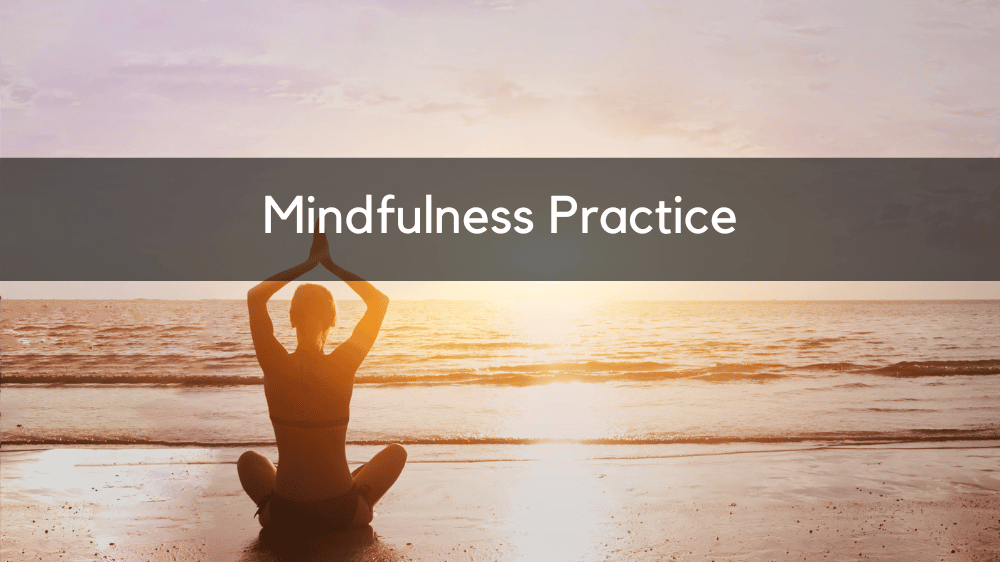
5 Mindfulness Practice to Help You Get Control of Your Life!
Do you often feel overwhelmed or distracted by the busyness of life?
Are you reacting to situations with impatience or frustration — even when that’s not how you want to respond?
When your mind is constantly caught up in planning, problem-solving, or overthinking, it can lead to negative thinking patterns. Over time, this may contribute to anxiety or low mood.
The good news is that mindfulness can help. Research shows that practising mindfulness regularly can boost your concentration, reduce stress, and support a healthier, calmer mindset.

What is Mindfulness?
Mindfulness is simply paying attention to your present moment. Bring your awareness to thoughts, feelings, and the surrounding environment with curiosity and openness without judgment.
By training your brain to be mindful, you can rebuild the mental, emotional and physical processes inside your brain. Practising mindfulness daily can help you engage with yourself and the world around you with awareness and satisfaction, which leads to happiness.
5 Mindfulness Practices to Get Started!
1. Wake up with a purpose
Your unconscious brain makes most of your decisions that involve your behaviours. Therefore, setting an intention and keeping motivations like purpose, reward, self-identity and core values in mind can make you more likely to change your words, actions and responses.
Practise mindfulness first thing in the morning in three steps:
- Sit in your bed or chair with a straight spine and relaxed posture, and close your eyes.
- Take a few long and deep breaths to clear your mind and be prepared.
- Ask yourself these few questions: “What is the intention for today?”, “What do you need to do to take care of yourself?” or “What mindset or skill would you like to develop and strengthen?”. And set your goal for the day. For example, eat well, be kind or have fun.
Remember to check in with yourself throughout the day and enjoy the positives!
2. Allow yourself to pause
Take a few minutes to focus on your breathing to slow down your brain. If you’re too busy to plan a break, try to use downtime, such as waiting at the red light or bathroom to practice, instead of being frustrated or impatient. Every mini pause in your day is an opportunity to focus on the moment by observing your breathing and checking in on your feelings.
3. Mindful eating
Eating is a very easy thing that your body can take full control of without your attention. Practising mindful eating can help you engage with the foods, your needs and your senses. Try eating without being distracted and make it more enjoyable and satisfying.
|
👉 Related Article: Mindful Eating: A Simple Practice for a Healthier Life |
4. Go for a walk or exercise
Did you know going for a walk, riding a bike, dancing or doing some activities can be good mindfulness practice? Physical activities cannot only strengthen your muscles and energy levels but also optimize your memory and nervous systems!
5. Letting go
Are you holding some painful feelings, memories and thoughts? Hanging on to those feelings can be exhausting, and they will disrupt you all the time. When you practise mindfulness, it’s very important to learn to let the negatives go and shift yourself to the positives.
| 👉 Related Article: How can positive thinking change your life? |

Be Kind and Patient with Yourself
Starting new habits is always slow and difficult. Aim for your goals, but be patient with yourself, as the concept of mindfulness is simply focusing on the moment without judgment. Most importantly, make sure you get enough sleep to start the daily practice routine!




